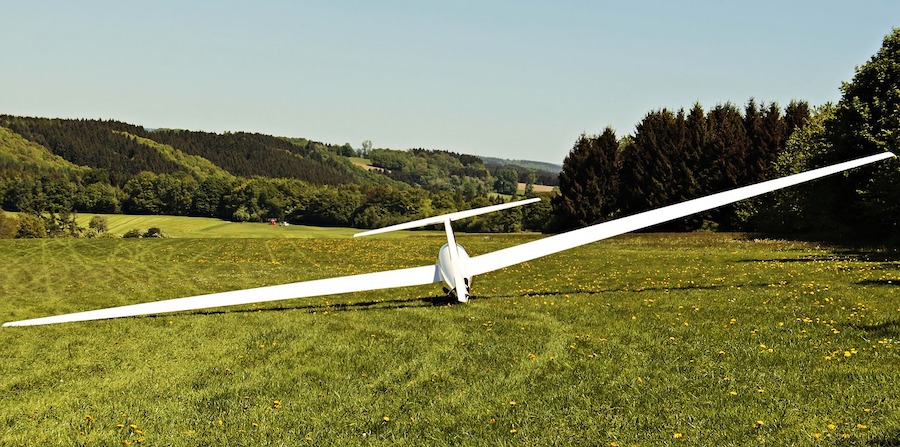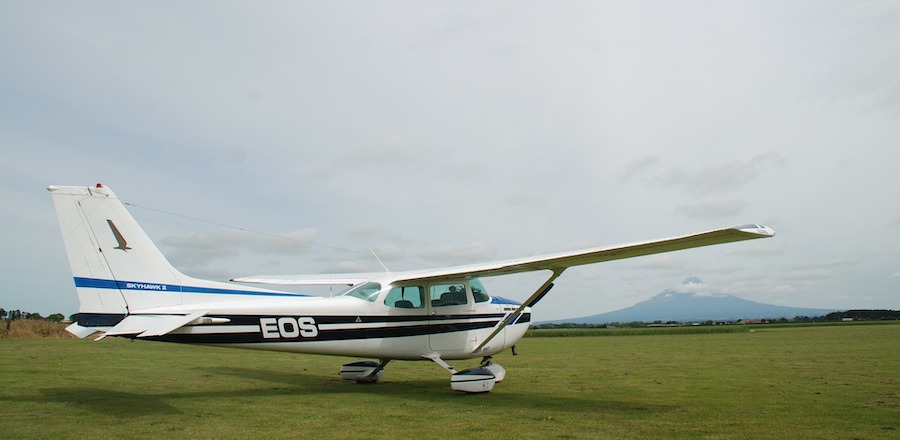Ever had a peep inside a small Cessna or a similar general aviation aircraft? Think the small analog gauges are an anachronism in this age of LCD screens? You’d be hard-pressed to find a car these days without a touchscreen, so what gives? Are you looking at an ancient relic of a plane? Not necessarily, since there are two general types of aircraft cockpits in widespread use; the traditional (also called analog or steam gauge) cockpit, and the glass cockpit.
What’s in the Cockpit?
At a first glance, aircraft instrument panels look very complicated, but the most significant instruments are only six in number. They are known as the basic or primary flight instruments and are present in all aircraft.
- Altimeter
- Airspeed Indicator
- Vertical Speed Indicator
- Artificial Horizon or Attitude Indicator
- Turn and Bank Coordinator
- Directional Gyro or Heading Indicator
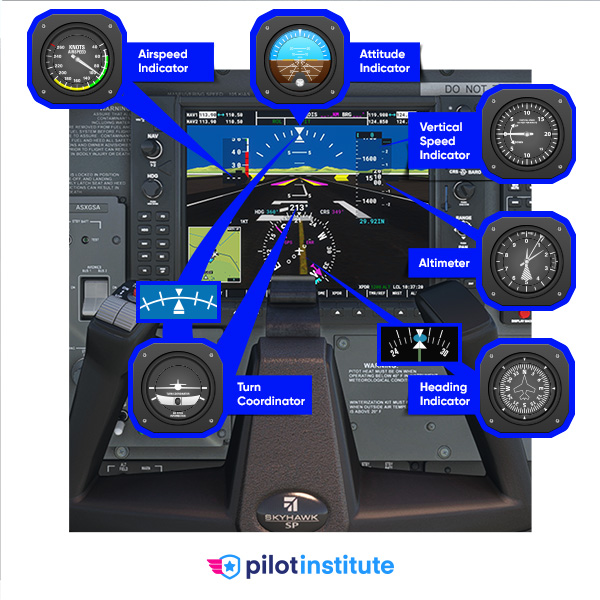
The Altimeter shows the aircraft’s altitude above the mean sea level. The Airspeed Indicator provides the aircraft’s speed relative to the surrounding air. The Vertical Speed Indicator shows the rate of climb or descent. The Artificial Horizon (AH) displays the pitch and bank of the aircraft relative to the horizon. The Turn and Bank Coordinator is two instruments in one; an inclinometer indicating coordinated flight, and the turn coordinator showing the aircraft’s bank. The Heading Indicator shows the aircraft heading when synced to the magnetic compass.
They are collectively referred to as the six-pack and are common to both traditional and glass cockpits. In traditional cockpits, each instrument is placed individually and operates independently of the other. The placement of instruments relative to each other is standardized. The Altimeter, Vertical Speed Indicator, and Airspeed Indicator operate using the Pitot-Static system. The Artificial Horizon, Turn Coordinator, and Heading Indicator use gyroscopes.
Glass cockpits present these instruments in the same configuration but usually integrate them into a single LCD. Glass cockpits replace the gyroscopic instruments with electronic Attitude and Heading Reference Systems (AHRS) and Air Data Computers (ADCs).
The Airspeed Indicator and Altimeters are commonly represented as sliding ‘tapes’ on either side of the Artificial Horizon as seen in the image. The Vertical Speed Indicator is located in the center or below the altimeter. The turn coordinator is represented by an arrow above the AH and the Heading Indicator is usually shown below the AH. A second Multi-Function Display (MFD) displays engine parameters, communication and navigation radio settings, and a moving map display for navigation.
The Federal Aviation Administration (FAA) refers to some general aviation aircraft as Technically Advanced Aircraft (TAA). For an aircraft to be classified as a TAA, the FAA requires the aircraft to be equipped with a glass cockpit, or an IFR-certified GPS navigation system with a moving map display and an integrated autopilot. A TAA is not necessarily a glass cockpit aircraft, but having a glass cockpit does imply a TAA.
Advantages of the Glass Cockpit
Situational Awareness
The most significant advantage offered by a glass cockpit is the massive increase in the pilot’s situational awareness. High-resolution displays allow way more information to be presented to the pilot at any given time. There’s a qualitative improvement in displayed data as well, as the displays can be customized to reduce clutter and provide only relevant information. The available information includes not just the ‘six pack’ described previously, but also data that has no analog counterpart.
An example of this is the GPS-based moving map display. This screen displays a top-down view of the aircraft and shows the relative positions of nearby airfields, terrain, airspace boundaries, and navigational aids such as VORs, all updating in real-time as the aircraft flies along its programmed route. Aircraft equipped with a Traffic Collision Awareness System (TCAS) can have air traffic information overlaid as well, and some units can even receive and display weather data.
Reliability
The second most important benefit is reliability. Analog instruments are gyro-based. They operate using gyroscopes spinning at thousands of rotations per minute. If the gyroscopes are unable to rotate fast enough, the instruments won’t be able to give accurate readings. The gyros, in turn, are driven by a vacuum pump. Failure of the pump (generally due to a blockage), does not provide an alert to the pilot.
If the aircraft is flying in Instrument Meteorological Conditions (IMC), that is, flying without any visual references on the ground, the pilot is entirely dependent on the instruments to keep the aircraft on course. A failure of the Artificial Horizon could lead to the aircraft being flown right into the ground if the pilot loses spatial awareness. Pilots are trained to periodically check the suction gauge to see if the vacuum pump is operating normally, but there’s no alert or warning offered by the system itself.
Glass cockpit systems are designed to overcome this problem. These systems monitor themselves and self-check for inconsistent readings. In case of a possible impending failure, they’re programmed to display errors prominently.
Even during normal operations, gyro-based analog heading indicators need to be recalibrated manually by the pilot roughly every ten minutes and usually require calibration after a hard landing or a long holding pattern as well. This just adds one more task that the pilot has to do manually, and creates a new possible point of failure if the pilot is neglectful. On the other hand, glass cockpits can encounter software glitches or suffer electrical failures. Glass cockpits usually have conventional gauges showing airspeed, altitude, and heading, that serve as backup or standby instruments.
Precise Indications
The display indications are a notable difference between cockpits. Traditional cockpits use needles on a dial for an indication as opposed to numbers shown on a digital display in glass cockpits. Needle-based instruments are prone to parallax errors, causing the pilot to record readings inaccurately if they are viewed at an angle. Analog instruments also require the pilot to interpret the reading on the dial; digital displays provide the precise number, which enables the pilots to spend less time looking at the instruments. This is especially helpful at low airspeeds and altitudes.
Workload Reduction
A digital interface helps in reducing the workload and the extra paperwork you need with analog systems. Glass cockpits offer integrated checklists, navigational charts, and route planning features. Systems such as those from Cirrus or Garmin offer Bluetooth syncing options that can be used to input the flight plan directly from a tablet computer into the onboard avionics. This eliminates the possibility of errors in programming the GPS and saves time as well.
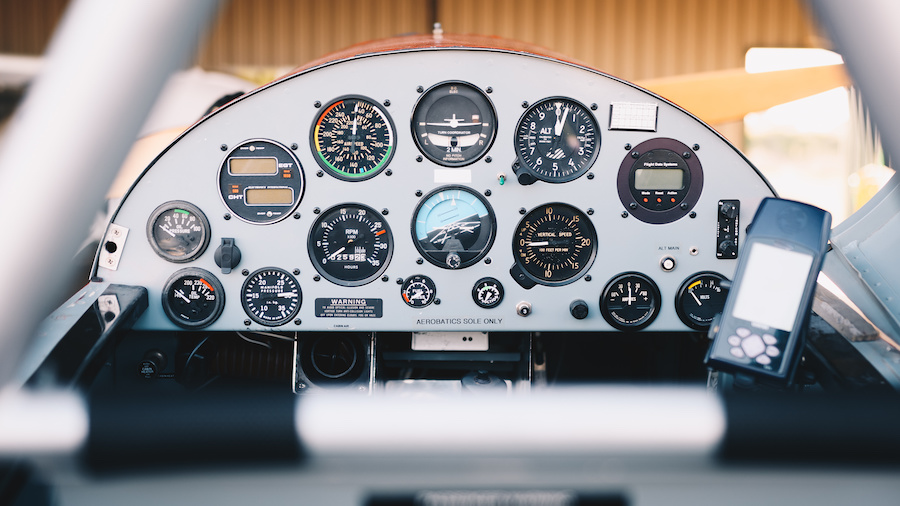
Disadvantages of the Glass Cockpit
High Cost
The biggest disadvantage of a glass cockpit aircraft is the high cost; they may be significantly more expensive compared to an equivalent aircraft with a traditional cockpit. The barrier for entry into aviation is already pretty high. Pilots who are only planning on flying in areas with low traffic in Visual Meteorological Conditions (VMC), may not have enough of a workload to require a high-powered digital interface. And even in IMC conditions, pilots with an Instrument Rating are trained to be able to operate aircraft with either type of cockpit.
Not Advised for Initial Training
There’s also a strong argument to be made against glass cockpits in aircraft intended for training new pilots. In the initial stages of pilot training, the student needs to learn the feel of the aircraft and usually flies using Visual Flying Rules (VFR). Students are meant to fly using ground references and using what’s known as integrated flying, i.e, flying by looking outside the cockpit ninety percent of the time and only looking at the instruments ten percent of the time. Having a glass cockpit usually distracts a student and tempts them into looking inside the cockpit. This may make them dependent on the instruments and they may never learn to operate an aircraft with an instrument or electrical failure. Analog instruments encourage students to think about the change in the instrument reading brought about from their control inputs.
The glass cockpit can also be overwhelming for new pilots. This can lead to less situational awareness than a traditional cockpit since the pilot takes up a lot of time sorting through the available information and programming the displays. There are some procedural changes with glass cockpit aircraft due to the presence of additional avionics controls and circuit breakers.
Pilots generally find it harder to move to an airplane equipped with the analog cockpit if they have only ever operated aircraft with glass cockpits. Learning the basics in a traditional cockpit and only then moving to the other is comparatively easier. While the glass cockpit offers multiple advanced safety systems and a lot of automation to reduce the pilot’s workload, it does create the possibility of the pilot becoming dependent on the aids and losing the skill of actually flying the aircraft. This was determined by the National Transportation Safety Board (NTSB) to be one of the causes of the accident of Asiana flight 214, a fatal crash of a Boeing 777 in San Francisco in 2013.
Safety Concerns
The possibility of a system failure resulting in the crippling loss of electronic systems does exist in glass cockpits. Since the instruments are not tied to a single display in analog instrument panels, it is generally easier to cope with a failure of a single instrument in aircraft equipped with a traditional cockpit. In 2010, a study conducted by the NTSB on the safety of glass cockpit aircraft concluded that they had a lower overall accident rate, but also had a greater chance of being involved in a fatal accident. They emphasized the importance of additional training for pilots operating glass cockpit aircraft.
Conclusion
Aviation as an industry is moving towards glass cockpits, and today you’d be hard-pressed to find a new aircraft coming from the factory with an analog cockpit. Even older aircraft originally delivered with analog instruments are being retrofitted with glass cockpits. This allows the aircraft operator to overcome the biggest drawback of the high cost of glass cockpits while still enabling pilots to take advantage of the benefits. Both types of cockpits, however, are in wide use in aircraft safely flying today.
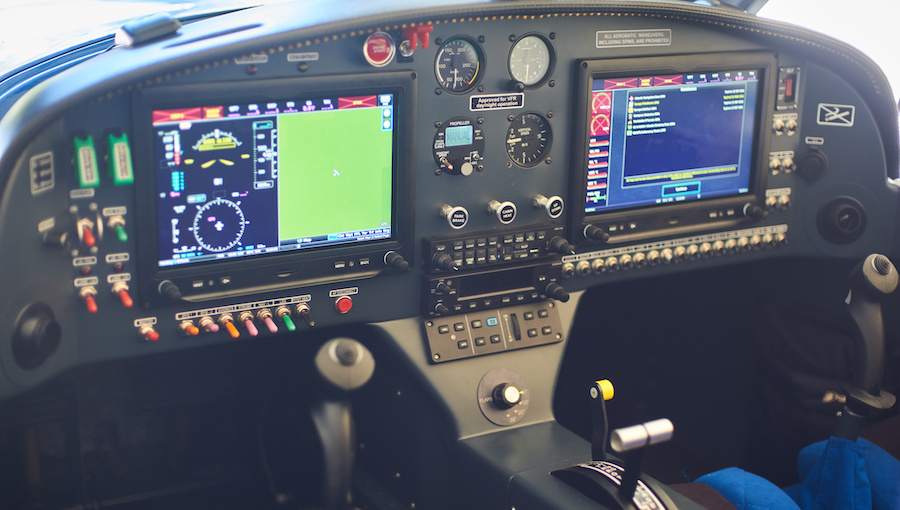
 @pilotinstituteairplanes
@pilotinstituteairplanes

